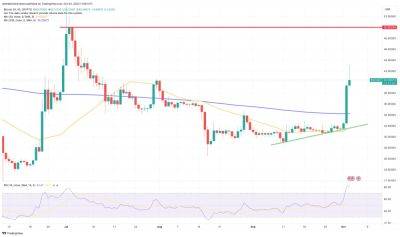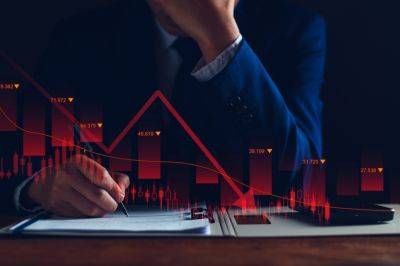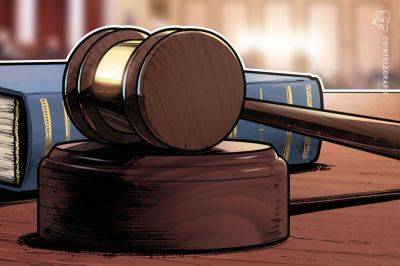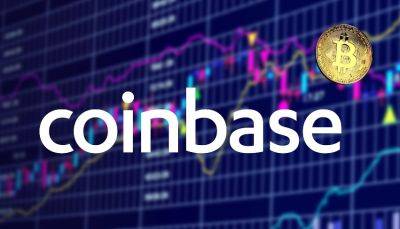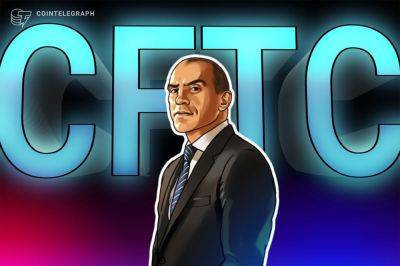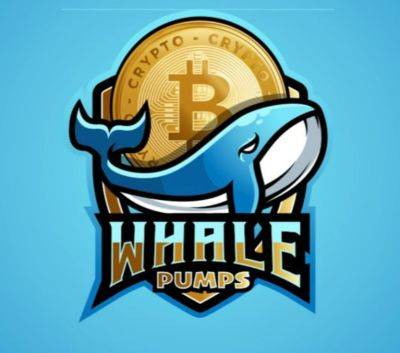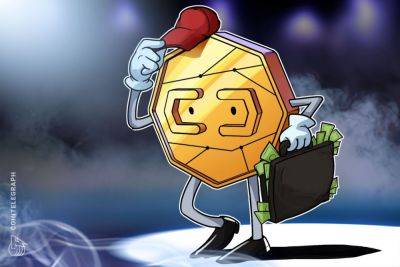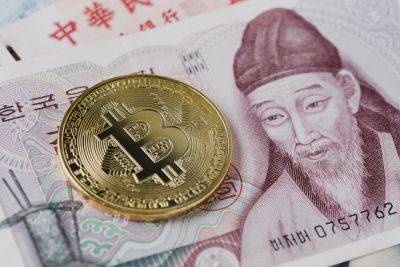Costo sells out of gold bars, but is it a better investment than Bitcoin?
Costco has made headlines this week after it rapidly sold out of gold bars. In times of economic uncertainty and rising inflation, it's no surprise that investors are turning to traditional safe-haven assets like gold. The question is whether gold’s performance will eventually catapult its price above $2,050, a level last seen in early May.
In the past 12 months, the price of gold has surged by an impressive 12%. This rally has been partially fueled by the Federal Reserve's efforts to combat inflation by maintaining higher interest rates, a move that benefits scarce assets like gold. While gold's performance is commendable, it's essential to put it into perspective.
Over the same period, gold's returns have roughly matched those of the S&P 500, which saw a gain of 15.4%, and WTI oil, which increased by 12%. However, these gains pale in comparison to Bitcoin's staggering 39.5% rise. Still, it's important to note that gold's lower volatility at 12% makes it an attractive choice for investors looking to manage risk.
One of gold's strongest selling points is its reliability as a store of value during times of crisis and uncertainty. Gold's status as the world's largest tradable asset, valued at over $12 trillion, positions it as the primary candidate to benefit from capital inflows whenever investors exit traditional markets like stocks and real estate.
For example, at the height of the COVID-19 pandemic. In the 30 days leading up to March 24, 2020, gold only dipped by 2.2%.
According to data from Gold.org, central banks have been net buyers of gold for the second consecutive month, adding 55 tons to their reserves, with notable purchases by China, Poland and Turkey.
Bloomberg reported that Russia is planning to bolster its
Read more on cointelegraph.com



